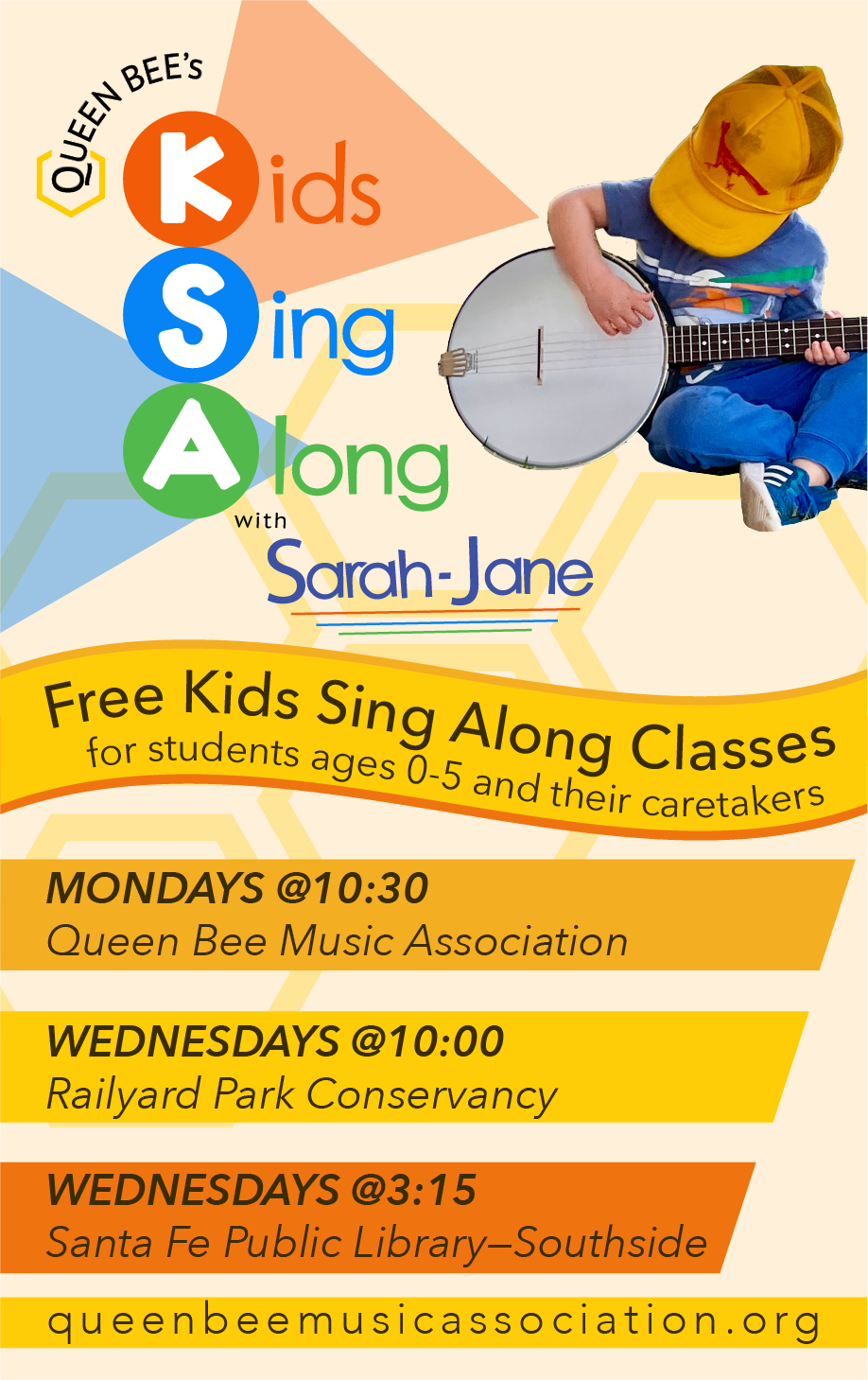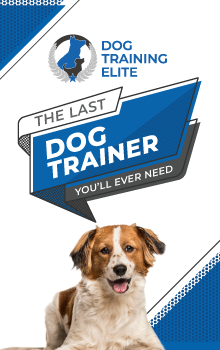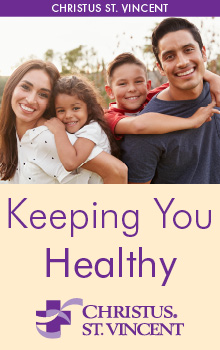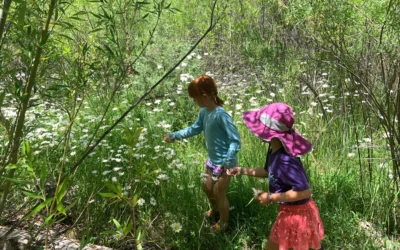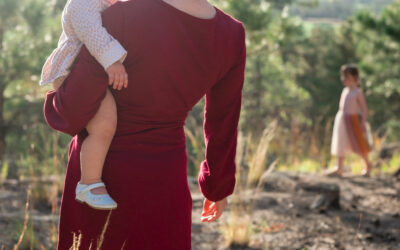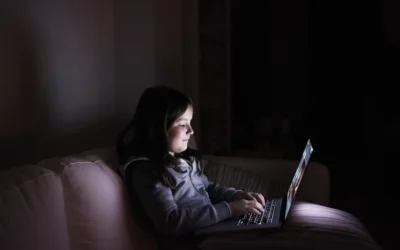Sweet Dreams: An Infant Sleep Guide for Parents
Creating a safe sleep environment for your baby
By Rach Ralya
Whether you’re still pregnant or a new parent, you might be spending time thinking about how you’ll get your baby to sleep, among other challenges new parents experience. Of course, you want your baby to sleep well, but it is also important that your baby sleeps safely.
Every year, approximately 3,500 infants die in the United States from sleep-related causes, with the largest share of infant deaths from 1 to 11 months of age. In New Mexico, there were 137 sleep-related infant deaths from 2015 to 2020, an average of one every 23 days. The unfortunate reality of these deaths is that most were preventable. (86% were identified as preventable.)
To reduce the risk of sleep-related infant deaths, here are safe sleep recommendations issued by the American Academy of Pediatrics to help you create a safe sleep environment for your baby. Please note, all recommendations included are for babies up to one year of age. Talk with your pediatrician if you have questions about safe infant sleep recommendations.
Put your baby on their back for every sleep
- Side sleeping is not safe and is not advised because your baby can roll easily onto their stomach.
- Your baby will not choke when they’re on their back because their anatomy and gag reflex will prevent that from happening.
Use a firm, flat sleep surface
- A crib, bassinet, portable crib, or play yard that meets the safety standards of the Consumer Product Safety Commission is recommended, along with a firm, tight-fitting mattress and fitted sheet designed for that product. Nothing else should be in the crib except for your baby.
- A firm surface maintains its shape and will not indent when the infant is placed on the surface.
- The sleeping environment should be free of hazards, such as dangling cords, toys, electric wires, or other cushions and bedding to avoid the risk of strangulation or suffocation.
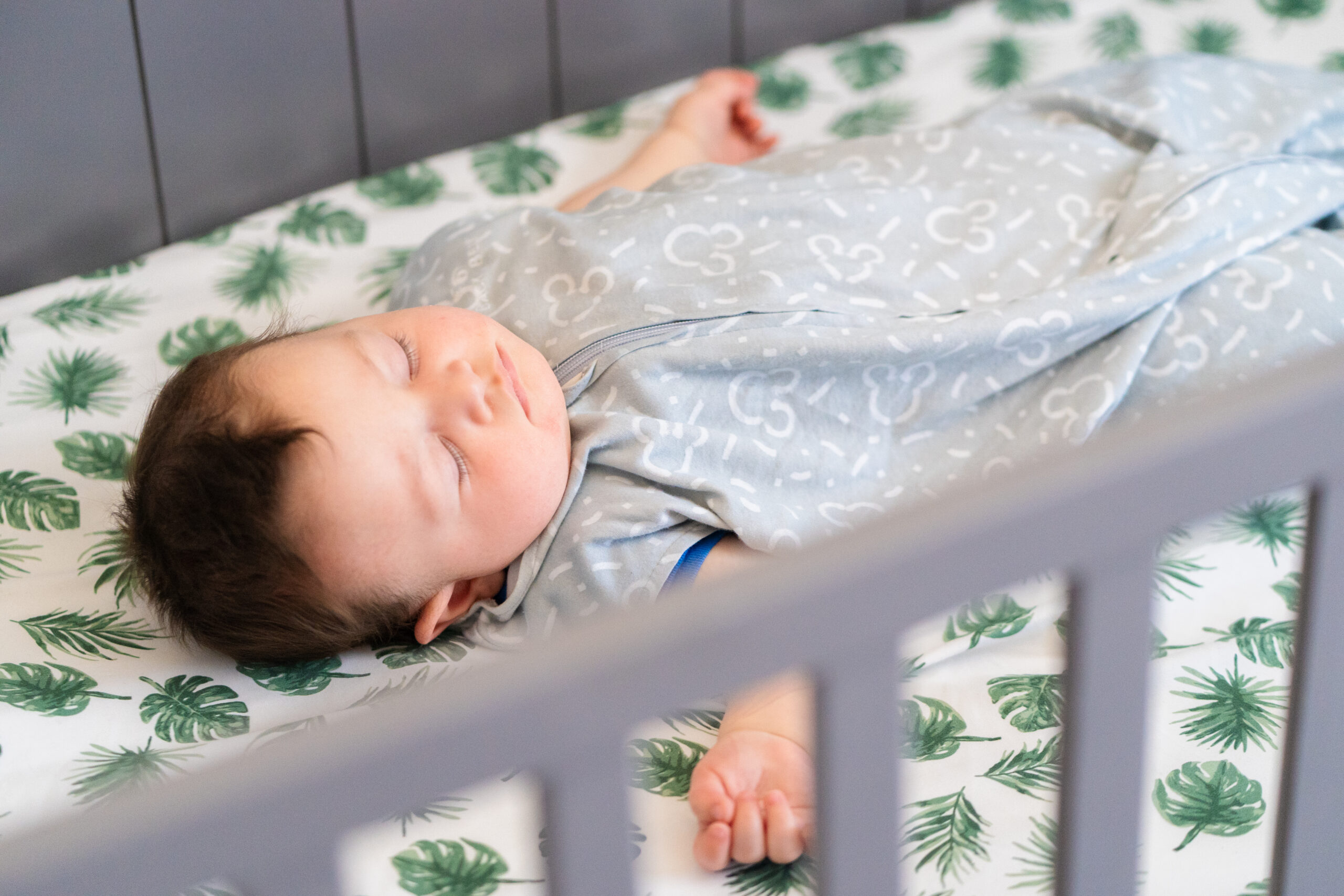
Do not sleep with your baby
- The AAP does not recommend bringing your baby into your bed under any circumstances. This includes twins and other multiples.
- If you bring your baby into your bed to feed or comfort them, place them in their own sleep space when you’re ready to go to sleep.
- If there is any possibility that you might fall asleep while your baby is in your bed, make sure there are no pillows, sheets, blankets or any other items that could cover your baby’s face, head, or neck or overheat them. As soon as you wake up, be sure to move your baby to their own bed.
- Avoid falling asleep with your baby in other spots, too. The risk of sleep-related infant death is up to 67 times higher when infants sleep with another person on a couch, soft armchair, or cushion.
It’s extra important not to share your bed with your baby if:
- You have been smoking, vaping, drinking alcohol, taking any medicines or substances. The risk of sleep-related infant death is more than ten times higher for babies who bed share with someone who is fatigued or has taken medications that make it harder for them to wake up; has used substances such as alcohol or drugs.
- Your baby is very young, small, or was born prematurely. The risk of sleep-related infant death while bed sharing is five to ten times higher when your baby is younger than four months olds. And the risk of sleep-related infant death is two to five times higher when your baby was born preterm or with low birth weight.
Share the room with your baby, ideally for at least the first 6 months
- Place your baby’s crib, bassinet, portable crib, or play yard in your bedroom, close to your bed.
- Only bring your baby into your bed to feed or comfort. Place your baby back in their own sleep space when you are ready to go to sleep. If there is any possibility that you might fall asleep, make sure there are no pillows, sheets, blankets, or any other item that could cover your baby’s face, head, and neck, or overheat your baby. As soon as you wake up, be sure to move the baby to their own bed.
Keep soft objects, such as pillows, pillow-like toys, quilts, comforters and any other loose bedding out of your baby’s sleep area to avoid risk of suffocation, strangulation and wedging/entrapment
- Infant sleep clothing, such as a wearable blanket, is preferable to blankets and other coverings to keep the infant warm while reducing the chance of head covering or entrapment that could result from blanket use.
Don’t let your baby get overheated
- Check your baby for signs of overheating, such as sweating, flushed skin, or a hot chest.
- Once you’re home from the hospital, don’t put a hat on your baby while indoors.
Give your baby tummy time
- Supervised, awake tummy time is recommended to promote infant development and to minimize the chances of flat head syndrome (positional plagiocephaly).
- Parents and caregivers are encouraged to place the infant in tummy time while awake and supervised for short periods of time beginning soon after hospital discharge, increasing incrementally to at least 15 to 30 minutes total daily by 7 weeks of age.
If you plan to swaddle your baby, it is important to follow guidelines to make sure you are doing it safely. Your baby should always be placed on their back when swaddled. The swaddle should not be too tight or make it hard to breathe or move their hips. When your baby looks like they are trying to roll over, you should stop swaddling due to the risk of suffocation.
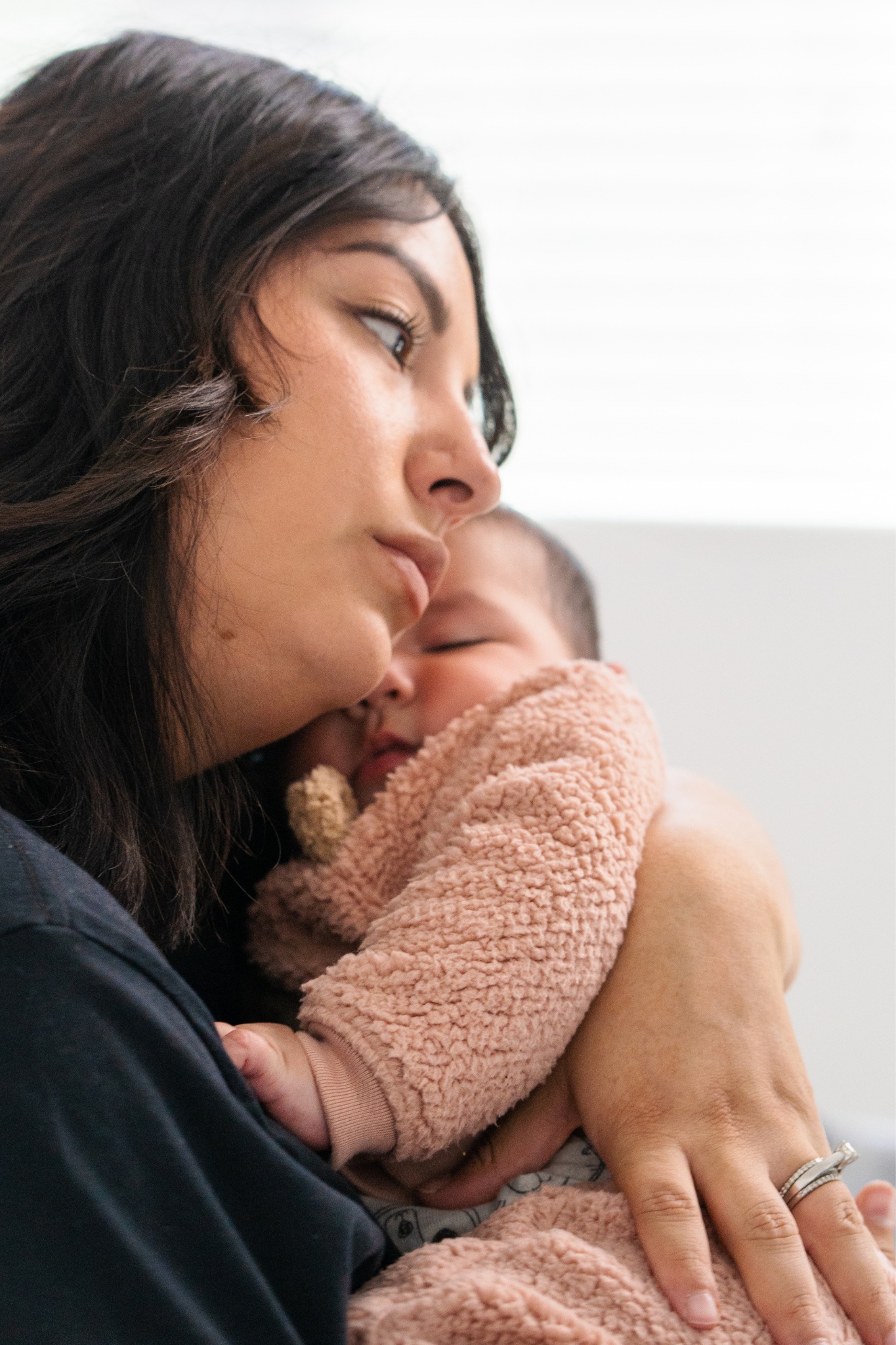
Cradleboarding Your Baby
The National Institute of Child Health and Human Development suggests cradleboards as a culturally appropriate infant safe sleep surface. If you plan to cradleboard your baby, care should be taken so that your baby does not overheat due to over bundling. The following steps can be taken to prevent hip dysplasia:
- Consult with tribal elders and community members. Different Native American communities have unique cultural practices and traditions, and it is important to seek input from elders and community members to understand the appropriate way to cradleboard infants safely.
- Use a cradleboard that allows for movement. Infants should not be kept in a single position for prolonged periods of time. The cradleboard should be designed to allow for movement and changes in position.
- Avoid tight swaddling. Tight swaddling can restrict movement and increase the risk of hip dysplasia. Instead, use a soft, breathable material to line the cradleboard.
4. Monitor the baby’s development. Parents and caregivers should be aware of the signs of hip dysplasia and should have their baby’s hips checked regularly by a healthcare provider.
In addition to having knowledge and awareness of safe sleep practices for infants, it is also important to be cautious when buying or inheriting certain products. If you’re not sure if a product meets required safety standards or has been recalled, visit Consumer Product Safety Commission website at cpsc.gov.
There are many ways to ensure your baby’s safety when they are sleeping. Whether using a bassinet beside your own bed, a crib in thteir own room, a cradleboard nearby, or a pack and play, keeping your baby safe while sleeping is possible with these recommended approaches.
Learn how to create a safe sleep environment for baby in your home by exploring an Interactive Safe Sleep Environment Tool from Safe to Sleep. safetosleep.nichd.nih.gov/resources/caregivers/environment/room For more information on safe infant sleep, as well as resources and more, visit safesleepNM.org.
Rach Ralya is a passionate advocate for infant safety. As a new mom, she fell prey to misinformation about infant sleep practices, leading her to cosleep with her first child. When she had her second, she followed safe sleep as recommended by the American Academy of Pediatrics (AAP). Today, she works in the Office of Injury and Violence Prevention at the New Mexico Department of Health. She is an active member of the New Mexico Safe Sleep Collaborative and involved in the Safe Sleep New Mexico Campaign. For additional questions you can reach her at rachel.ralya@doh.nm.gov.
One mom’s story: Tori Solano and baby boy Elijah
Before becoming a mom, what did you know about infant sleep?
Before becoming a mom, I had read the baby books and information on my baby apps about how to prepare once baby came. But there’s always so much information to digest. We knew that safe sleep was important and made sure we had a safe crib in his room but wanted a pack and play in our room so we could easily check on him during the night for those first few months. We wanted to make sure we had a safe place for him to sleep since we knew as a newborn, he would be sleeping a lot.
Who did you learn about safe sleep from? Who do you trust for reliable information about your baby’s health and safety?
We learned about safe sleep from our baby books as well as talking to other parent friends and our own parents. Being first time parents, it was overwhelming with all you have to learn before having a baby, but we knew that safe sleep was important to make sure Eli could sleep safely and we could also get some rest, too, without having to worry.
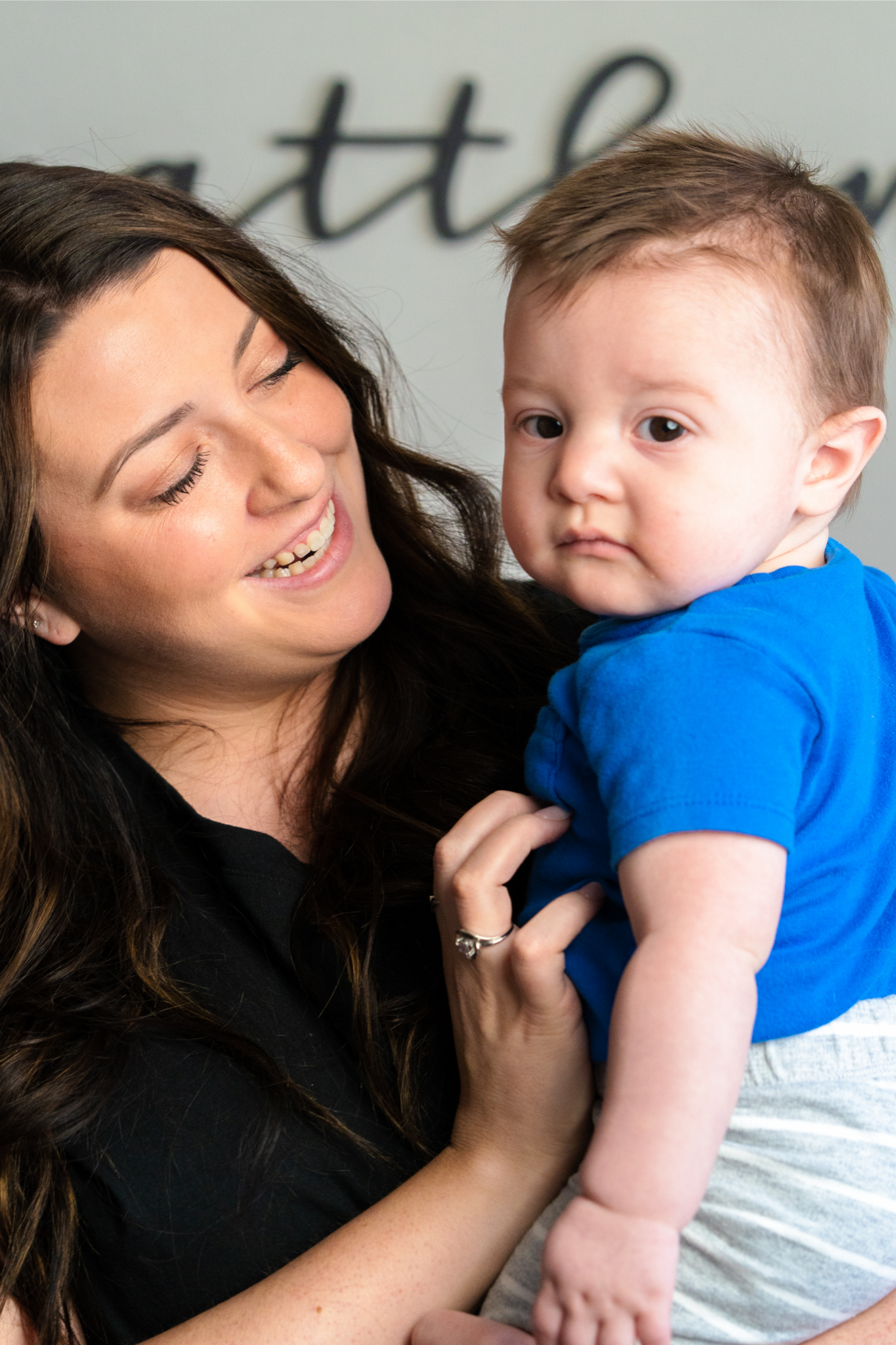
Has the way you’ve practiced safe sleep changed over time?
Yes! We transitioned him from a swaddle into a sleep sack once he was able to roll over. We also have moved him from a pack and play to his crib in his own room. We have always made sure to place him on his back when putting him down for sleep and have nothing else in the crib with him.
What would you say has been most rewarding?
Just knowing that he is in a safe place while he sleeps gives us peace of mind to actually be able to get sleep of our own. Following safe sleep practices and knowing he is able to safely sleep gives us a happy baby after naps and not stressing every time we put him down to sleep.



